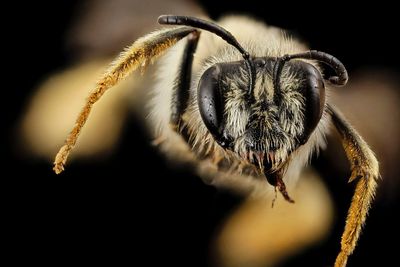What are Oil Bees?
Oil collecting bees have a symbiotic relationship with floral oil producing plants. First discovered over 40 years ago by Stefan Vogel, this mutualism has evolved through various adaptations. Over the course of history, floral oil production and oil collecting on the part of certain species of bees has waxed and waned. There are 447 species of apid bees that collect oil from about 2,000 species of angiosperms, wetland plants that reproduce both sexually and asexually. Oil collecting behavior is characteristic of species in the genera Centris, Epicharis, Tetrapedia, Ctenoplectra, Macropis, Rediviva, and Tapinotaspidini.
Relationship between Bees and Flower Oil
Oil flowers produce oil from secretory glands, or elaiophores. This oil is then collected by oil collecting bees. The females use the oil for food for their larvae and to line their nests. The males collect oil for an as yet unknown purpose. Oil bees collect and transport the oil on their legs or abdomen. Their legs are often disproportionately long so they can reach down into the lengthy spurs of the oil producing flowers. They are also covered with a dense area of velvety hairs that have evolved to facilitate the collection of the oil. Once the oil is collected, it is rubbed into a ball and fed to the larvae or used to line the sides of the underground nest. In most cases of floral diversity, it is the flowers that have adapted to their pollinators in order to be able to reproduce, but in the case of oil collecting bees, it is the bees that have adapted.
